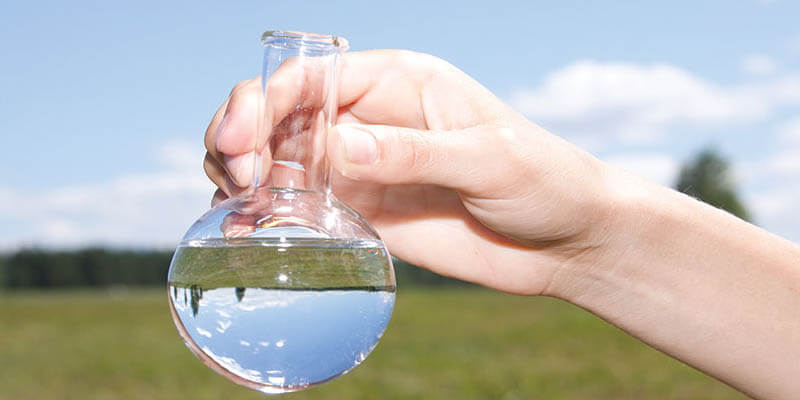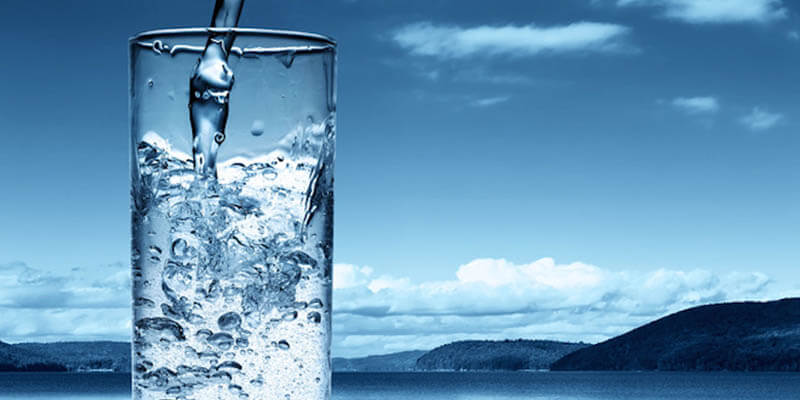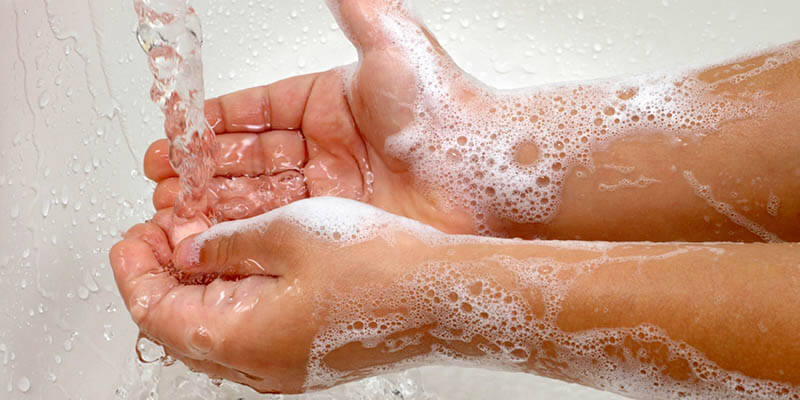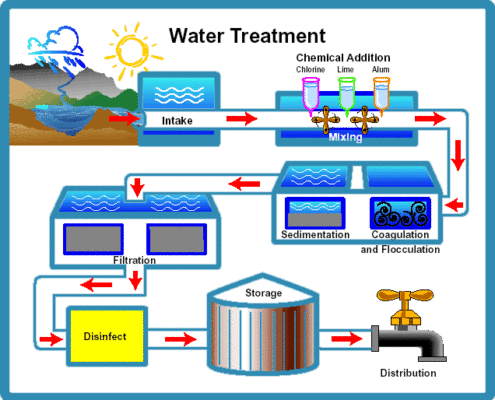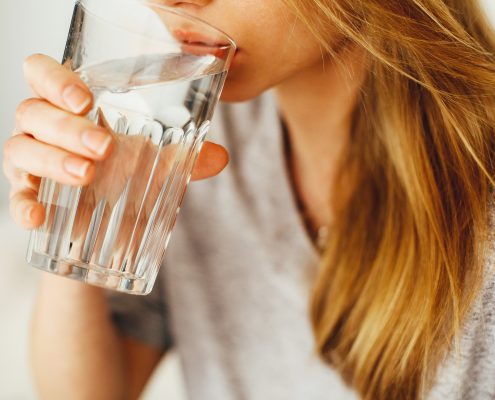 https://knoxvillewatertreatment.com/wp-content/uploads/2019/06/water-contamination.png
900
1600
Support Team
https://knoxvillewatertreatment.com/wp-content/uploads/2020/03/KNoxville-Water-Treatment-Filter-Softern-Logo-2.png
Support Team2019-06-13 04:00:002019-06-09 14:43:29Water Treatment: Public Problems and Homeowner Options
https://knoxvillewatertreatment.com/wp-content/uploads/2019/06/water-contamination.png
900
1600
Support Team
https://knoxvillewatertreatment.com/wp-content/uploads/2020/03/KNoxville-Water-Treatment-Filter-Softern-Logo-2.png
Support Team2019-06-13 04:00:002019-06-09 14:43:29Water Treatment: Public Problems and Homeowner OptionsWant to know what is in your water? We can do a test of your water and let you know exactly what is in it.
CALL TODAY!
(865) 622-2126
Water is a crucial source of life and it needs to be approached as such. In other words, you have to pay attention to the state of your water supply at all times. Contaminated water carry so many different types of threats, and many people still fail to realize how dangerous these threats really are. This is why we at Knoxville Water Treatment aspire to offer the best services in terms of delivering healthy water, because it can save lives.
Our Service to All Valued Clients
The first service we offer is divided between guidance and knowledge. If you don’t know the specific differences between hard and soft water, or if you’re not sure what can be regarded as contaminated water, we’ve got it all covered on our site. But the service doesn’t end there. We are more than happy to answer all your specific questions with a helpful and friendly reply, regardless of how you choose to contact us. Then of course, we offer ways to treat your water and remove the health hazards. This can be done by installing specific systems such as filters and softeners, that continually treat the water you use. We also handle the maintenance of these systems.
STEP ONE
TEST YOUR WATER
We will have one of our professionally trained technicians come to your property and do a thorough test of the problems in your water.
STEP TWO
PROPOSE A SOLUTION
Once we know the problems in your water and what quality you would like, we will give you all of your options with a straightforward price.
STEP THREE
INSTALL WATER SYSTEM
Now that you have picked the solution that is right for you, we will go ahead and get the system installed correctly the first time.
STEP FOUR
WE GUARANTEE OUR WORK
If for any reason there’s a problem with any of the work that we have performed, we will return and bring it up to your satisfaction.
Why Choose Knoxville Water Treatment?
We can list several great reasons why we should be the first water treatment service you call, but when it comes down to it; we know what we’re doing. Our staff members are always professional, we have great experience in the field, and we care about the people we work with. There’s nothing we enjoy more than bringing clean water to your home and ensuring it’s healthy for you and your family. If you take a moment to look at all the benefits of using pure and clean water, you won’t hesitate in giving us a call.
We Cover Both Commercial and Residential
It doesn’t matter if you want clean water for your business or your home, we can make it happen. Our expertise extend to both commercial and residential areas, no matter how big or how small the project.
Get Clean and Healthy Water Now
Don’t take the state of your water for granted. Just because it looks clean when you open the tap doesn’t mean there’s no danger. Your house or business might just be linked into a contaminated source, and you don’t want to put yourself or your family through these risks. Contact us for a quote right now and let us help you enjoy water the healthy way.
How Filters Work.
Water filters are made to trap all elements which are harmful and allow only clean water to pass through. Water filters are made from a material that has very tiny holes which can even be smaller than a thousandth of a millimeter in diameter. These holes are big enough to allow water molecules to pass through but too small for viruses and bacteria to squeeze through. The type of material that is used to filter the water will depend on where the filtering is taking place.
Benefits of using Knoxville Water Filters.
1. Improves the taste of water. Simply removing chlorine from your water dramatically improves the taste of it. Using a water filter to remove chlorine and other chemicals, foul tastes and odors means your water will taste like it is meant to taste
2. Cheaper in the long term than bottled water. The cost of a decent water filter or water purifier can be significant – and even off-putting if you just look at the initial purchase.
3. More environmentally friendly to filter. Filtering your water is better for you and the environment than bottled water. The amount of landfill resulting from disposing of old filter cartridges is a fraction of that from disposing of used plastic bottles.

